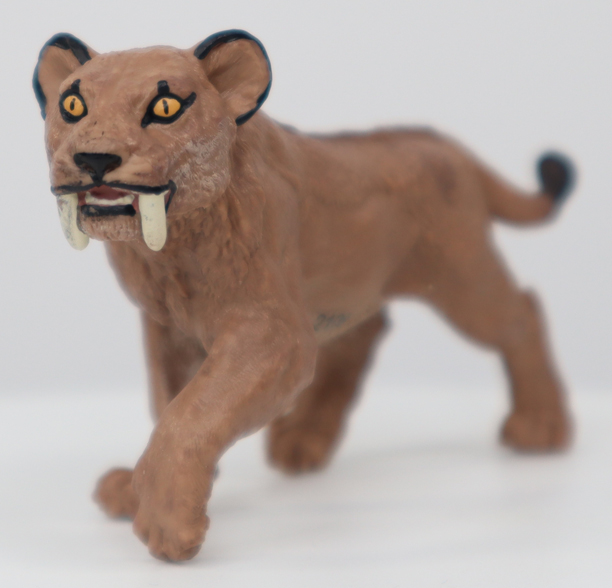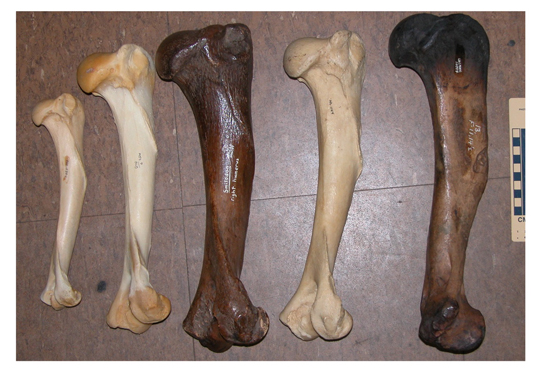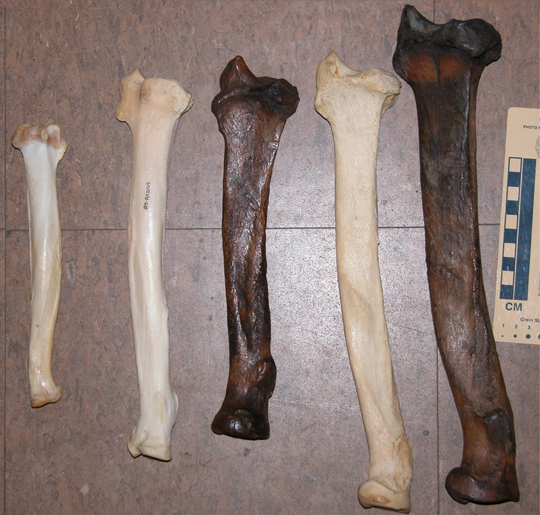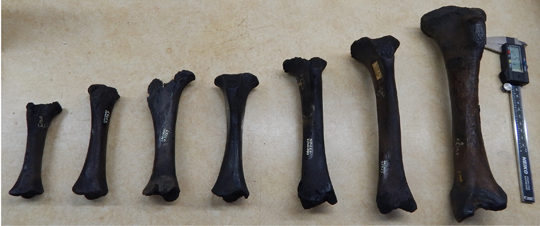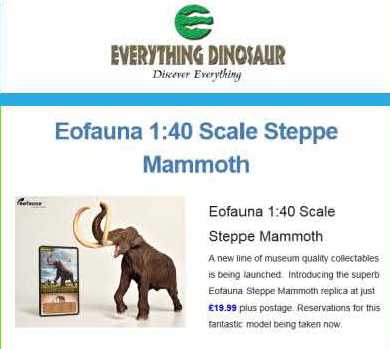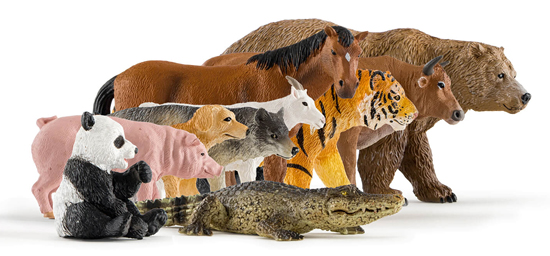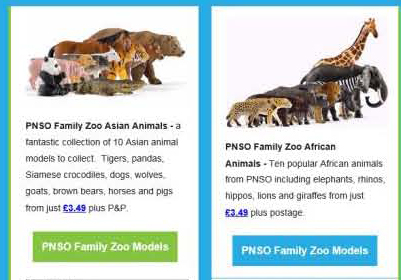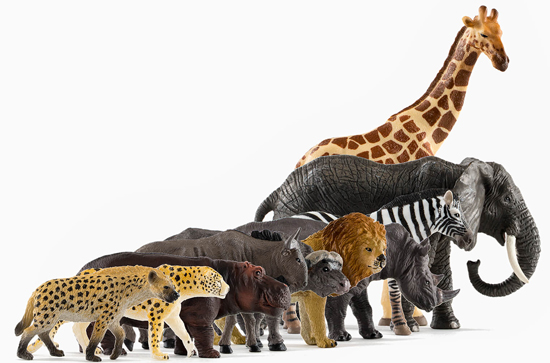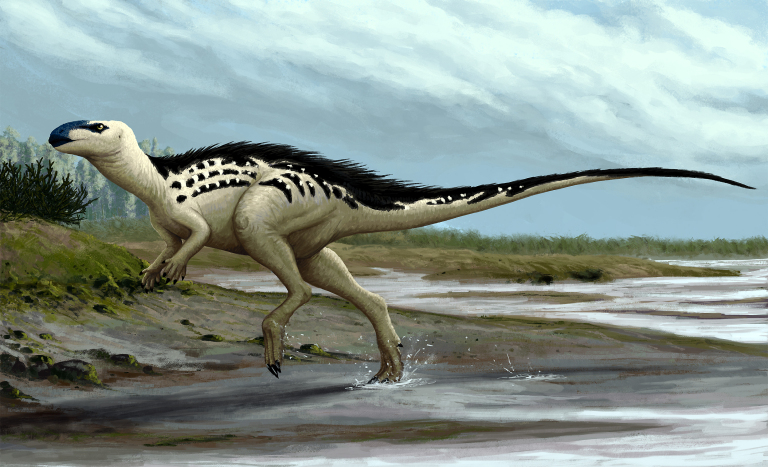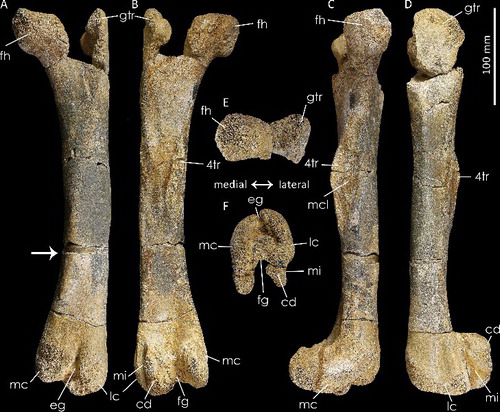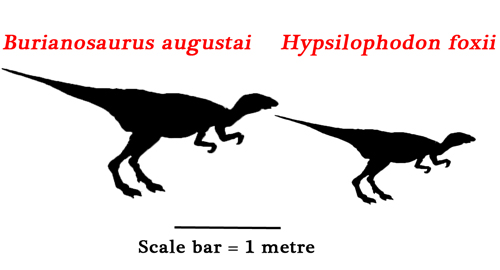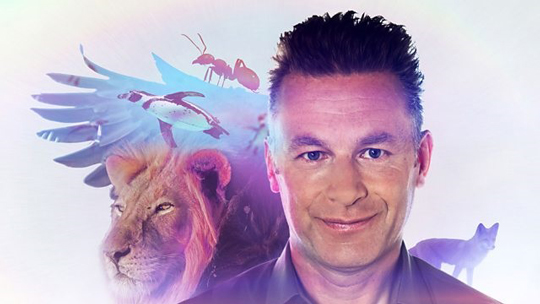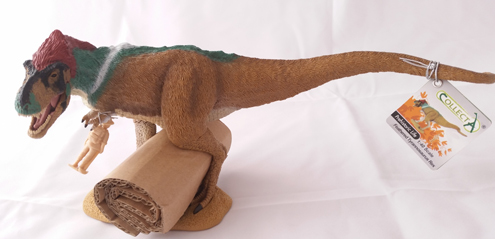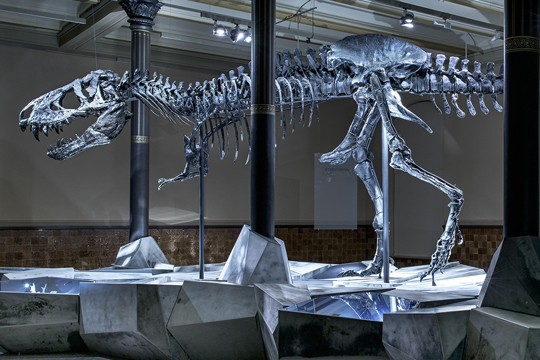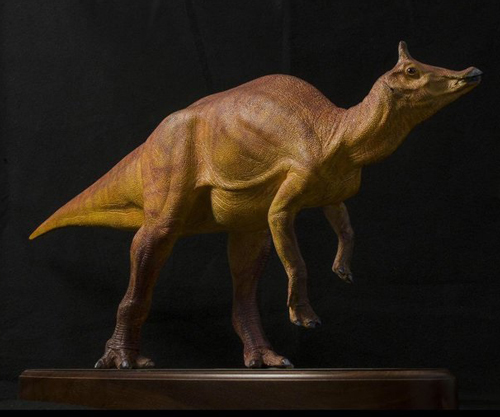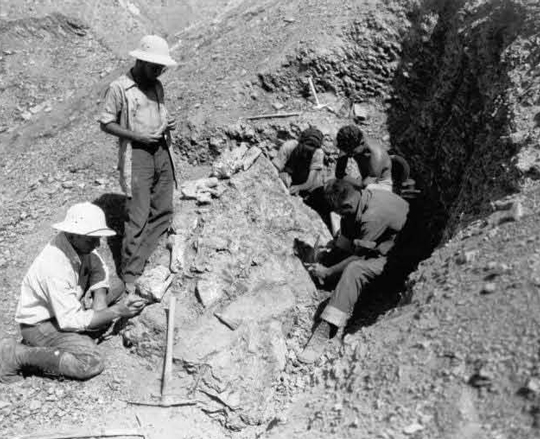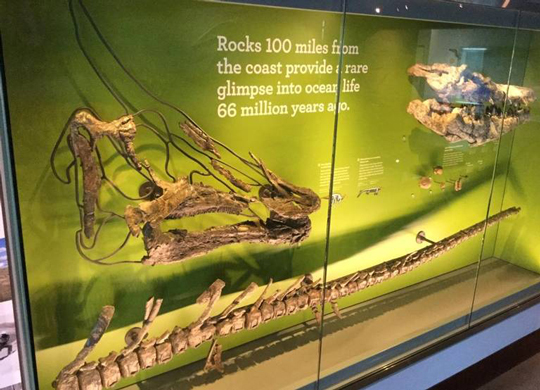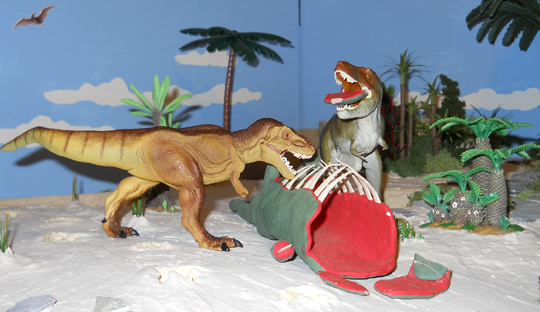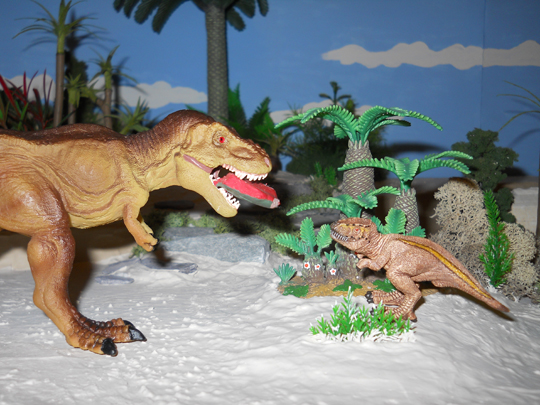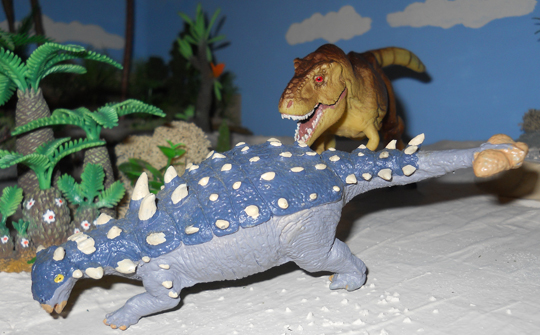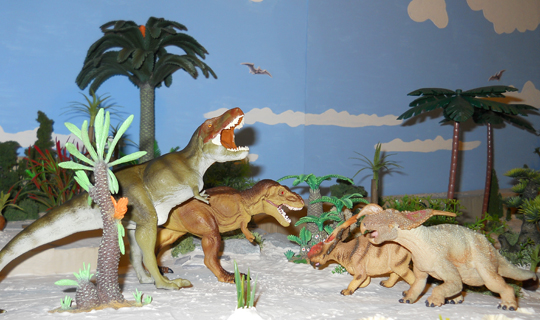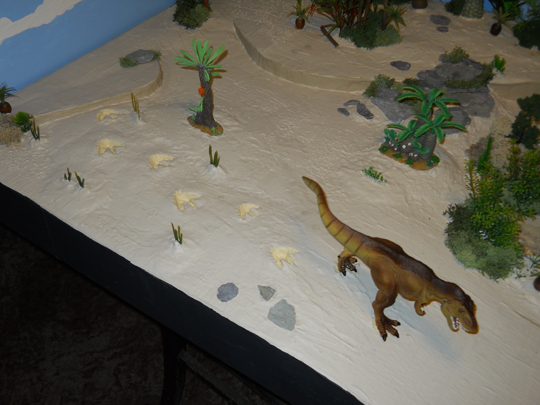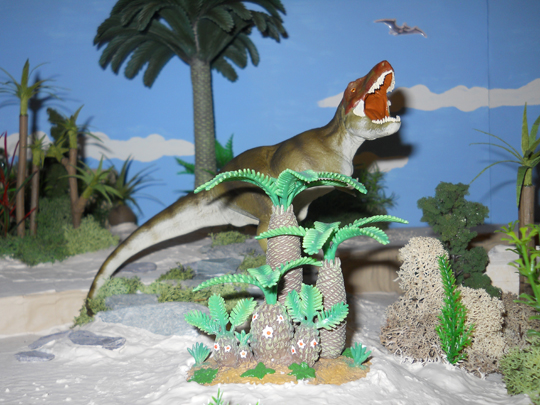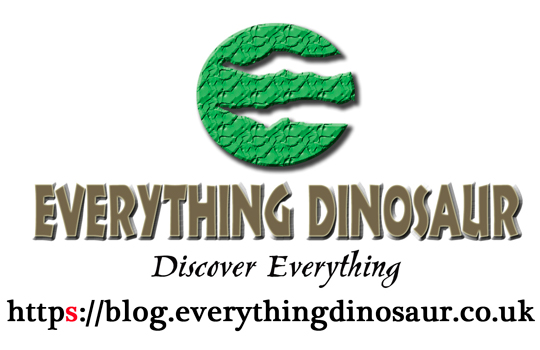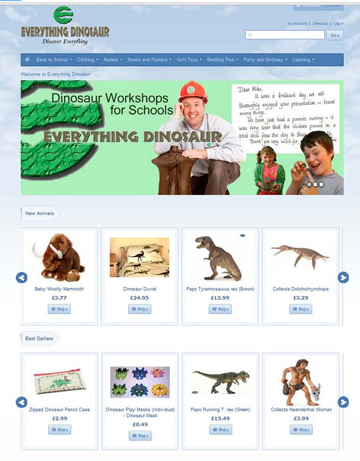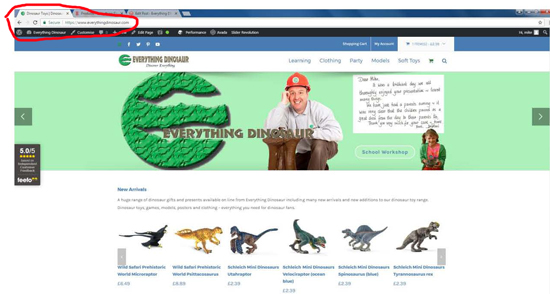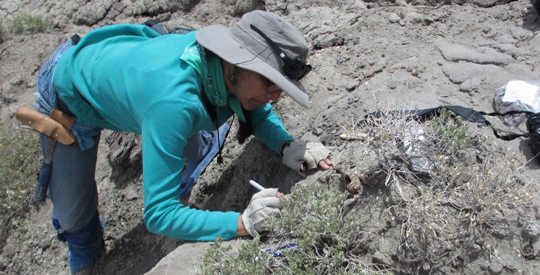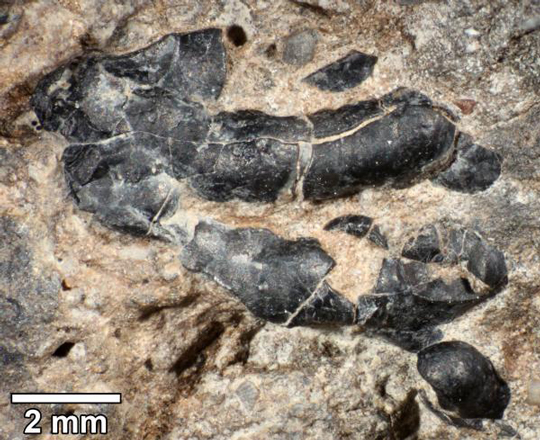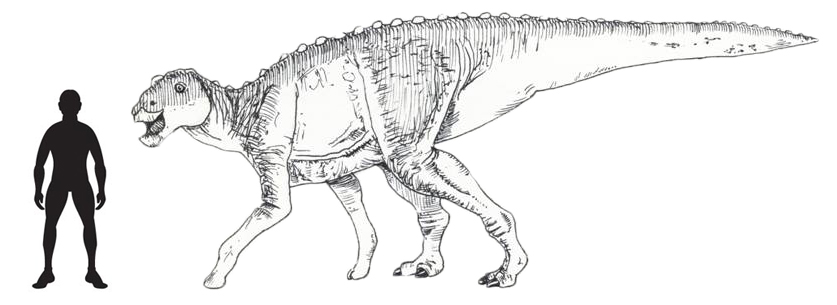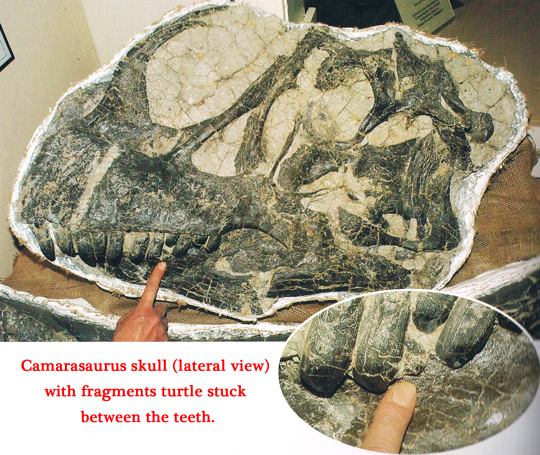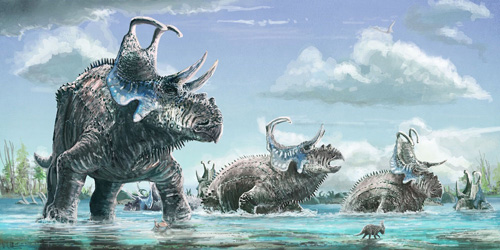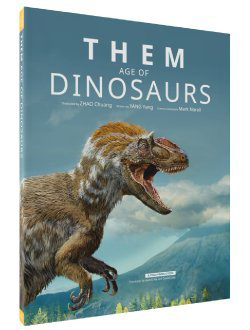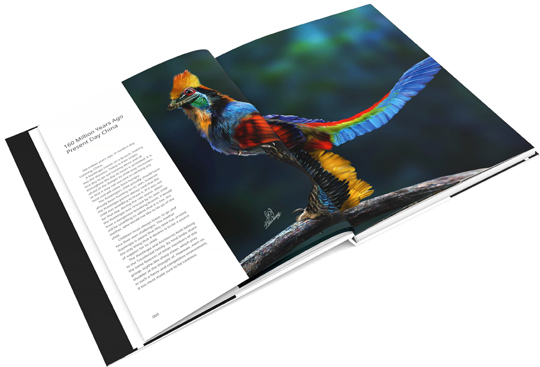Strong-armed Sabre-Tooth Kittens Identified in New Research
Sabre-Toothed Kittens and Their Strong Arms
A new study undertaken by scientists from California State Polytechnic University, the University of Wisconsin and colleagues at Bristol University, has concluded that Smilodon (S. fatalis), kittens were born with strong arms, stronger than similarly-sized modern big cats. However, their pattern of bone development was congruent to other members of the Felidae.
Strong Kittens Grew up to be Strong Cats
Picture credit: Everything Dinosaur
The picture (above) shows the Papo young Smilodon model.
To view the Papo model range: Papo Dinosaur and Prehistoric Animal Figures.
The Treasure Trove of Smilodon Fossils at La Brea
Using the extensive Smilodon fossil record preserved at the La Brea Tar Pits (Los Angeles, California), the researchers measured the limb bones of these big cats. Only unbroken limb bones were included in the growth analysis. Fortunately, given the huge number of Smilodon fossil specimens associated with this natural predator trap, the researchers, which included Donald Prothero, the author of “The Princeton Field Guide to Prehistoric Mammals”, that Everything Dinosaur was invited to review earlier this year* had a substantial data set to study.
For example, the scientists included thirty, Smilodon upper arm bones (humeri) representing cats at various growth stages in this study. Their ontogenic analysis revealed that young animals had thicker and more robust bones than other members of the cat family (Felidae). The bones did not become more robust as the cats grew, it seems Sabre-Tooths were born with big, strong arms.
Comparing the Upper Arm Bones of Big Cats Extant and Extinct
Picture credit: PLOS One/DRP
The photograph shows a comparison of five big cat upper arm bones (the humerus). The bones come from adult animals and provide a visual guide to the forelimb size of large felids.
From the left – the first, whitish bone is the humerus of a Mountain Lion (Cougar) – Puma concolor. The second, whitish bone is the humerus from a Tiger, Panthera tigris. The Tiger is a much bigger and heavier than the Mountain Lion. The bone in the middle is the humerus of Smilodon fatalis, it is much thicker and more substantial. The third whitish bone comes from a Lion Panthera leo. The dark bone on the far right, comes from an extinct species that was contemporaneous with Smilodon. This is the humerus of an American Cave Lion (Panthera atrox), the P. atrox bones used in the study also came from La Brea Tar Pits.
How Did the Limb Bones of Smilodon fatalis Change as the Cats Aged?
The research team discovered that whilst the arm bones of Smilodon, were more robust than those or extant big cats, they did not become more robust as the cats got older. Smilodon kittens had big limb bones to begin with.
Mapping the bone growth (ontogeny), using the many specimens representing animals of different ages from the La Brea fossil collection, the team found that Smilodon grew in a similar way to other, primitive members of the Felidae and in the same way that many living cat species do today. The bones lengthen and become more slender before they thicken. This study, published in the on-line, open access journal PLOS One suggests that Felidae growth and development is much more constrained than previously thought, even in genera with very different morphotypes and bone structures.
Comparing the Radii of Big Cats (Living and Extinct)
Picture credit: PLOS One/DRP
The photograph (above) shows the radii of the five species of big cat, laid out in the same order as the photograph which showed the humeri. The radius is one of a pair of bones found in the forearm, it is the bone that is lateral to the body (facing the outside).
Left to Right:
- Mountain Lion (Puma concolor)
- Tiger (Panthera tigris)
- Sabre-Toothed Cat (Smilodon fatalis)
- African Lion (Panthera leo)
- American Cave Lion (Panthera atrox)
Professor Prothero stated:
“Sabre-Tooth cats have extraordinarily strong front limbs for tackling and subduing prey before they slashed their throats or bellies with their sabre-like canine teeth. Using the extraordinary collection of limb bones of Sabre-tooth kittens at La Brea, we found that their limbs don’t become more robust as they grew up, but instead retain the stereotypical growth pattern where the limbs grow longer more quickly than they grow thick. To compensate, Sabre-tooth kittens were born with unusually robust limbs and retained that pattern as they grew.”
Analysing Felidae Limb Measurements
The limb measurements demonstrated that Smilodon fatalis kittens had the same growth curve graph as those of Tiger or Mountain Lion kittens, but they tended to be thicker from the outset. For the same length of bone, the Sabre-Tooth kitten forelimb element (radius or humerus) always had a larger circumference than a comparably sized Mountain Lion or Tiger.
A Comparative Analysis of the Tibia of Smilodon (S. fatalis) Different Growth Stages
Picture credit: PLOS One/DRP
* Everything Dinosaur’s review of “The Princeton Field Guide to Prehistoric Mammals” by Donald R. Prothero: Field Guide to Prehistoric Mammals – Book Review.
The scientific paper: “Did saber-tooth kittens grow up musclebound? A study of postnatal limb bone allometry in felids from the Pleistocene of Rancho La Brea” by Katherine Long, Donald Prothero , Meena Madan, Valerie J. P. Syverson published in PLOS One.
Visit the Everything Dinosaur website: Everything Dinosaur.


